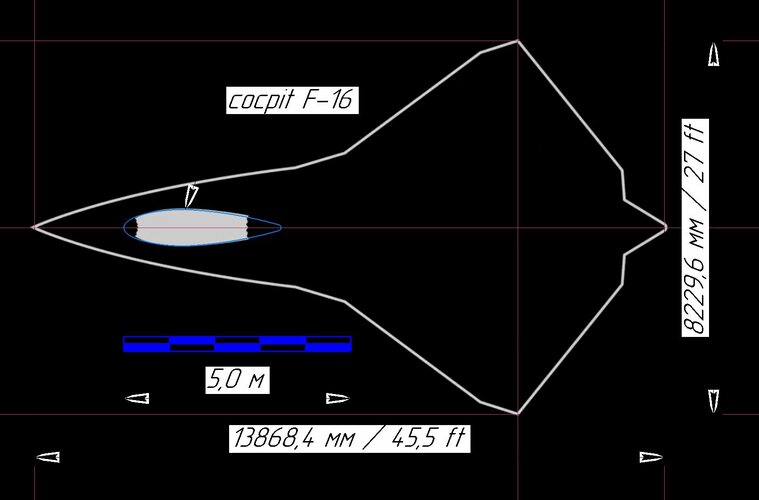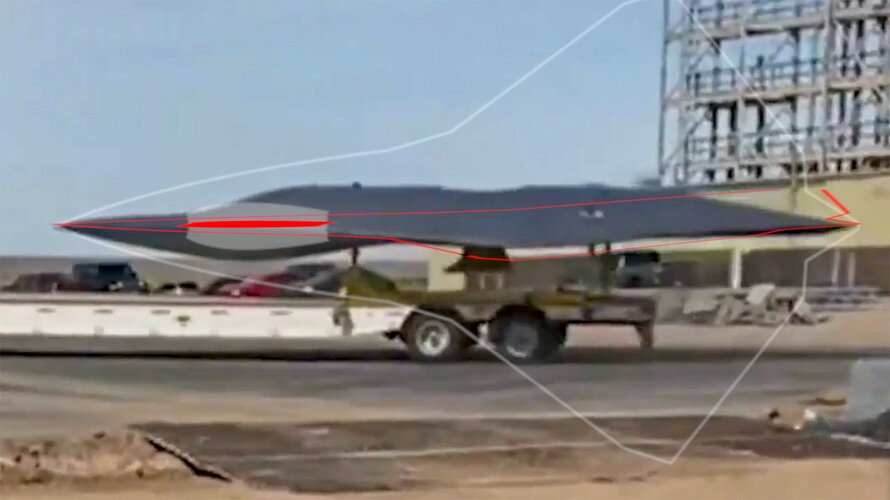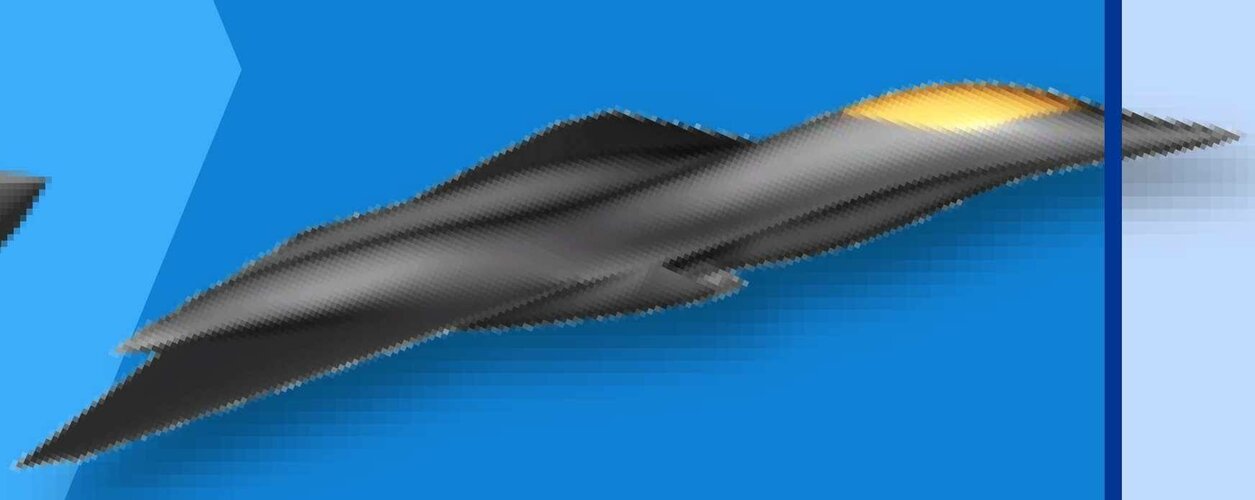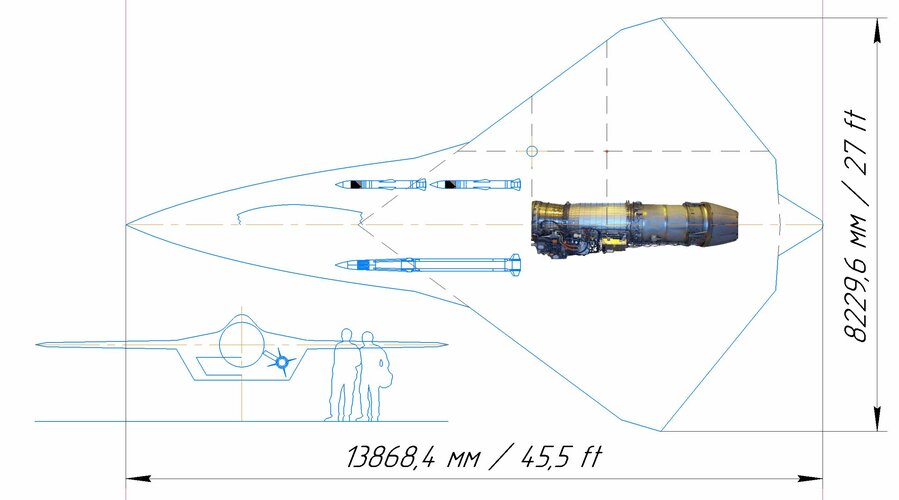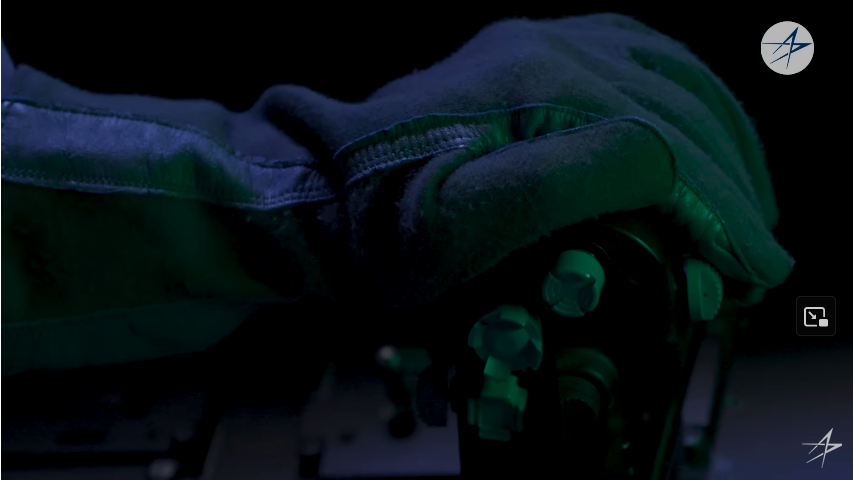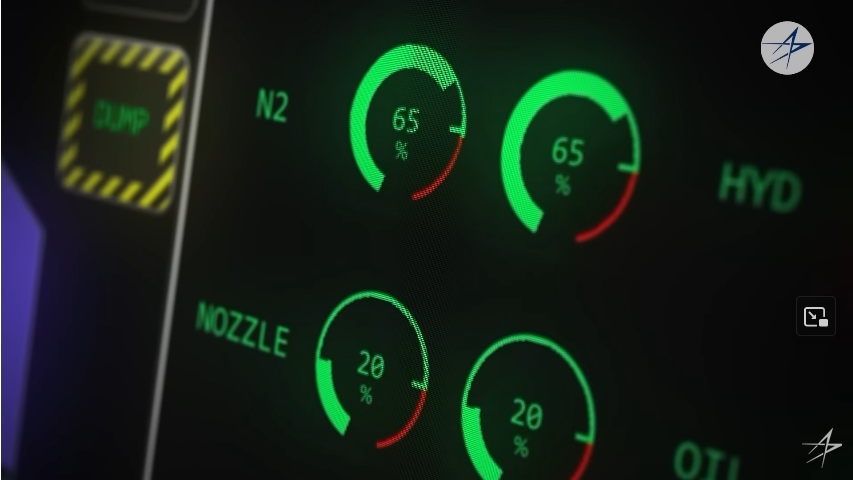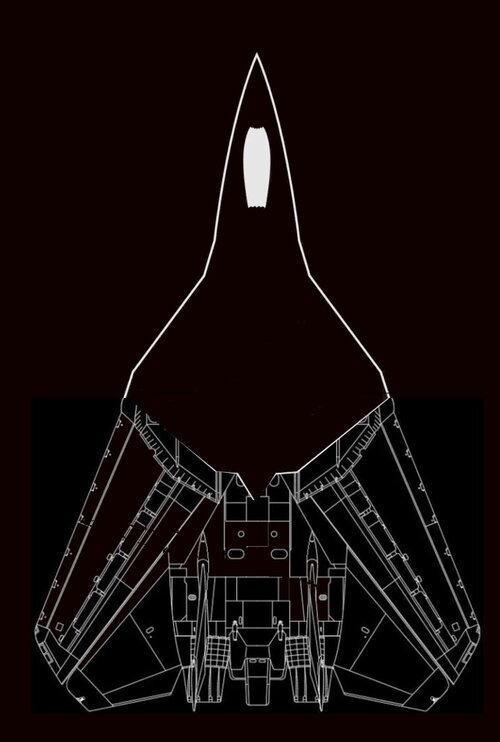Raptor sacrifices quite a lot for its survivability(low observability) - something pure interceptor doesn't really need at all...
I would argue that an aircraft intended to intercept anything smaller than a B52/Tu95 needs some level of stealth these days, because it may have to intercept something like an F16 or Su27/34 with nukes onboard. Which can definitely send a couple of AAMs at any potential interceptor.
Well, [fighting] smaller aircraft is already DEFCA, i.e. air superiority

The difference, I guess, is proportions and sacrifices. Mig-31 isn't exactly defenseless, and Mig-31M (original deep upgrade) planned to go for a proper EW suite; both are considered to be very strong aircraft in WVR head-on (expectedly one-sided).
Make it less one-sided, however, or make interceptor to do something less aggressive - and it's sorta screwed.
By that rational the F-15 falls short to the F-4 Phantom. How'bout we use the metric, "which aircraft can get to the target soonest with a useful payload".
Erm, the only production aircraft which outdashes F-15 (Vmax PoW) is Mig-25/31.
Furthermore, phantom was indeed designed as an interceptor, thou a different kind of one. It's quite natural for it to be a good interceptor aircraft - even not necessarily for continental protection mission.
"Time to intercept point" is the right metric indeed - but Vmax, depending on the profile (range), is part of it. Furthermore, it's closely related to Hmax...



